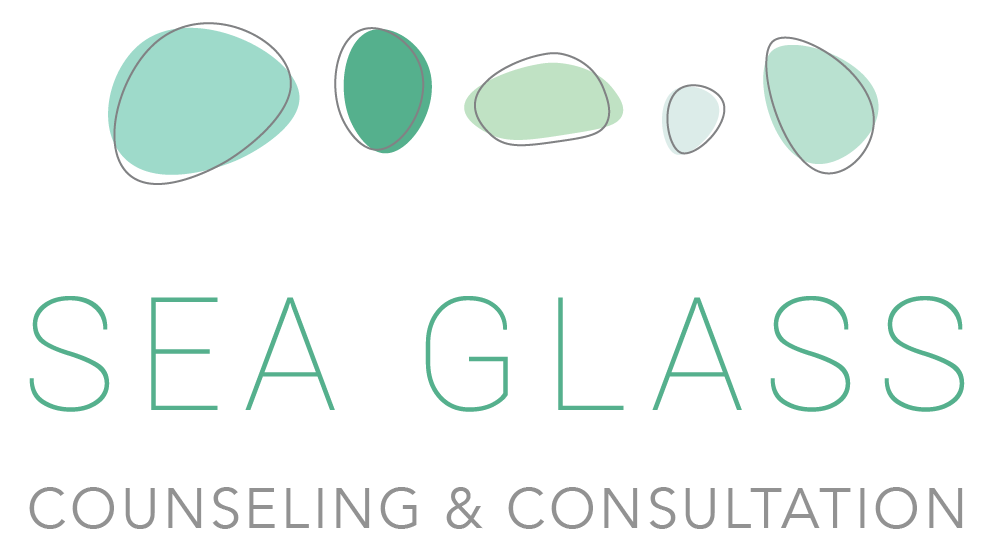What is an EMDR Therapist?
EMDR therapy emerged in the 1980s as a revolutionary way of treating PTSD and trauma. It’s since been backed by many studies demonstrating its effectiveness for resolving trauma, anxiety, performance enhancement, and many other areas. EMDR works by taking advantage of the links between activity in the brain and body in order to rewrite how traumatic experiences are stored in the brain. When our brains are going through a stressful experience, our ability to store memories properly is compromised - leaving us reactive and emotional in the present day when we recall these memories. Traumatic experiences have a very real, very lasting effect on how our brains develop and interpret the world around us.
Think of EMDR therapists as individuals who can help us hack our brains to rewrite traumas and kickstart the natural healing process back into high gear. Therapists use EMDR as a specialized tool to help clients identify, process, and resolve traumatic or stressful memories that may be impacting them negatively.
Training and certification
All EMDR therapists must go through specialized coursework, practicum, and consultation approved by the EMDR International Association (EMDRIA) in order to become trained (or later, certified) as an EMDR therapist. There are multiple levels of training and certification. As a Certified EMDR therapist, I always recommend seeking EMDR therapy from someone who’s EMDRIA Certified, or actively working on their certification process.
Goals of EMDR
At its core, the main goal of EMDR therapy is to help clients take emotionally “charged” memories and neutralize them. This doesn’t mean that what happened is okay, or good, but rather your brain has gone through a process to properly store the memory of this experience - which it wasn’t able to do in the moment of heightened stress.
Neutralized memories don’t carry the same “emotional charge” to them. Think of the difference between how you might answer the questions, “What did you have for lunch yesterday?” (likely a neutralized memory) vs. “What was the most recent conflict you had with your partner?” (likely carries more emotions!) When our brain has had a chance to properly store memories, we aren’t as impacted by them.
Throughout the process, we provide clients with the tools they need to regulate their emotions and remain present. EMDR therapy is useful in addressing any coping behaviors or and even physical pains a person may have developed in response to their traumatic experiences. These could include:
Performance anxiety
Social anxiety
Trouble falling or staying asleep
Vaginismus
Chronic pain
Hypervigilance
As a therapeutic method, EMDR is client-driven and results-oriented. The client establishes the changes they would like to see in their lives, and the EMDR therapist helps identify and resolve traumatic experiences that may have led to unhealthy beliefs, behaviors, or patterns.
Methodology
There’s many theories behind “why” EMDR works. One of them is the concept of dual attention - when we’re reprocessing traumatic material, the brain has to pay attention to both the present moment and the past material. Another principle concept involves bilateral stimulation, sometimes called “dual attention stimulus.” During an EMDR session, rapid back-and-forth eye movements, alternating sounds, or other bilateral movements are used to activate areas of the brain associated with memory storage and emotional regulation. By stimulating these areas of the brain, the therapist helps their client recall and process traumatic memories. One thought is that this is similar to what happens during our REM sleep cycle.
EMDR is organized around an eight-phase process, loosely broken into three separate areas:
Preparation - history taking, identifying goals, exploring preferences for bilateral stimulation, etc.
Desensitization & Reprocessing - using bilateral stimulation to decrease distress around the memory and any related thoughts, feelings, sensations, and images
Installation - strengthening an adaptive, positive beliefs
During an EMDR session, the therapist leads the client through exploring traumatic memories while directing the flow of conversation in conjunction with the use of bilateral stimulation. EMDR therapy is extensively used for survivors with PTSD, and has also been shown as effective in a number of other areas, including:
Low libido
Anxiety
Religious trauma
Depression
Obsessive-Compulsive Disorder (OCD)
Feelings of grief
Relationship issues
Self esteem
Advantages of EMDR
EMDR is different from other therapies in that it does NOT require talking in-depth about your memories. Some of my most successful EMDR work with clients has been with me having very little knowledge of the specific material the client was reprocessing. This is so important, because one of the common fears I hear from clients about seeking therapy for trauma is that they don’t want to relive it, or talk it to death. EMDR is a wildly different form of therapy.
Research shows that EMDR can be just as effective online as in person. Additionally, it’s an effective, efficient alternative to longer-term CBT or talk therapy solutions that might never quite get to the problem.
Additionally, EMDR does not rely on medication or other chemical interventions in order to get results. While some issues may require such intervention, EMDR relies on activating the brain’s ability to self-correct and heal.
Reach out today
Are you interested in finding out whether or not EMDR may be right for you? Please feel free to reach out! We help clients get fast, lasting results with EMDR therapy.
Sea Glass Counseling and Consultation is an EMDR therapy practice in Dublin, Ohio. Our compassionate, skilled therapists use evidence-based techniques grounded in the neurobiology of stress, trauma, and relationships to make sure your treatment is personalized and effective. Sea Glass therapists provide telehealth counseling in Ohio for individuals and couples. We’re best known for providing Intensive EMDR therapy, anxiety treatment, and sex therapy for Christians. Interested in working together? Contact us today to get started with a Certified EMDR therapist in Ohio.

